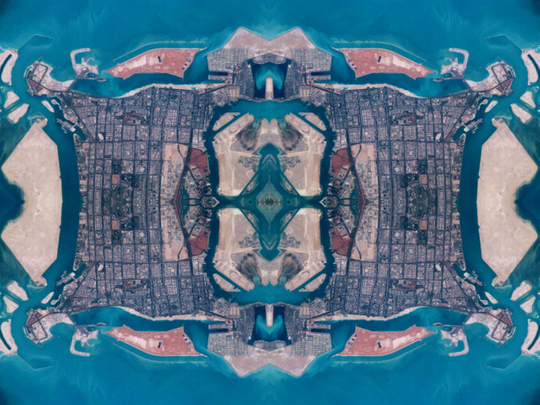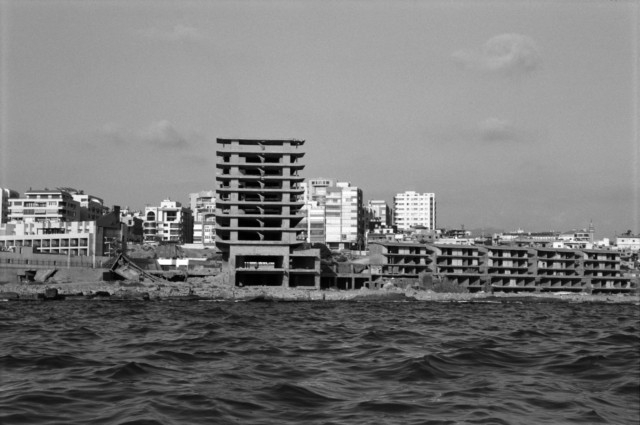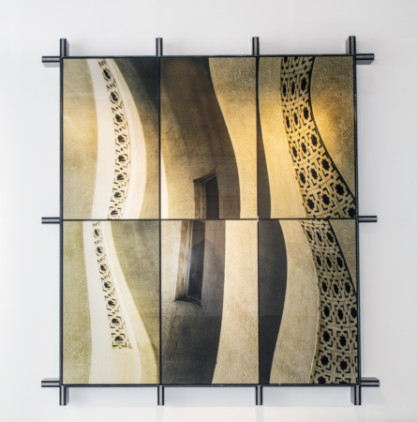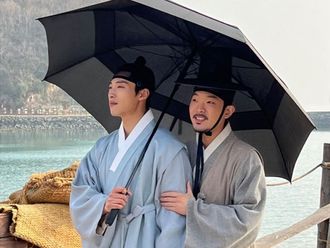
The photography exhibition titled ‘Urban Reflections’ is a contemplation of our changing urban landscapes by three artists from different countries. Zeinab Al Hashemi, Vikram Divecha and Nadine Kanso have used diverse and innovative ways to document the decay and development in our cities, and to express their feelings of nostalgia about what has been lost in our relentless pursuit of progress and modernity.
Indian artist Divecha was born in Beirut, grew up in Mumbai and is now based in Dubai. His work is influenced by the socio-economic changes he has witnessed such as the civil war in Lebanon, globalisation in India and the construction boom and effects of economic recession in Dubai. The artist, who is the winner of the Middle East Emergent Artist Prize for 2014, often uses concrete and steel in his sculptures and installations. “My practice is focused on investigating the permeation of urbanisation and social constructs amid cultural and economic shifts. I use construction materials and industrial production methods to create architectural interventions and to decontextualise materials from the urban fabric, because I want to explore how the mushrooming of modern urban districts recontextualises our perspective of older quarters, creating a frontier between recent history and modern times,” he says.
In his latest project, “Variable Memories”, Divecha presents a series of photographs where architectural façades of two different facets of Dubai have been juxtaposed to create interesting patterns. The artist took the photographs in Deira and Satwa, the older parts of the city, where dilapidated old buildings stand side by side with smart new ones. His monumental images, mounted on aluminum, resemble the façades of the shiny steel and glass skyscrapers that he has photographed. But reflected on these façades are the arches and latticed windows of older buildings with traditional Islamic architecture. The images portray the past on a modern canvas, beautifully capturing the rapid transformation taking place in the city. “I am interested in how the visual narrative created by the stark contrast between the old and new buildings will reside in the collective memory. I want to ask whether these beautiful old structures have become relics of the past in our disposable modern culture. The distorted perspective in my images reflects our condition and times,” Divecha says.
Dubai-based Lebanese artist Kanso’s latest work, “What If” is steeped in nostalgia. Her black-and-white images of seascapes in her hometown, Beirut, comment on the city’s history of conflict and its changing landscape. The artist uses recent images of period architecture in the older sections of Beirut to present an alternate reality. She has shot the images from the sea presenting the view as if seen through the eyes of a traveller arriving in Beirut or perhaps returning to the city, thus infusing them with a sense of transience. And the turbulent sea in the foreground suggests turmoil and change.
While some of the pictures depict a landscape of under-construction buildings reaching right up to the edge of the water, in others she has removed modern architectural influences in a vista of French colonial-style buildings. The photographs are accompanied by a series of pen drawings of traditional architectural elements and maps of Beirut taken from old books. These have been highlighted with real gold. Thus Kanso presents a romantic depiction of the golden past and chooses to freeze for ever a carefully selected reality, while asking what her city would have looked like if it had been spared the ravages of war and the impact of modernity.
Emirati artist Al Hashemi makes her public debut with a series titled “Urban Phantasmagoria”. Like the 18th-century theatre of illusion from which the series takes its name, her abstract images blend reality and fantasy to create kaleidoscopic patterns that look like the carefully calculated geometric patterns in Islamic art and architecture. A closer look reveals that the artist has used satellite images of Abu Dhabi and Dubai to construct these interesting patterns. Al Hashemi’s hypnotic images highlight the complex structures of cities, and the disconnected bridges, misaligned roads and open waterways convey the struggles of transformation inherent in rapidly evolving urban environments. “I want to challenge the constantly shifting landscape around me to question not what is, but rather what could be,” the artist says.
Jyoti Kalsi is an arts enthusiast based in Dubai.
“Urban Reflections” will run at Cuadro gallery, DIFC, until May 17.












